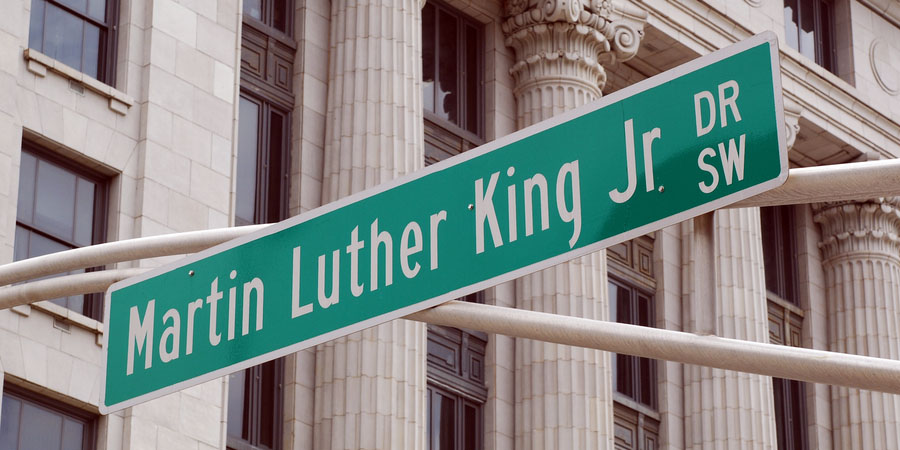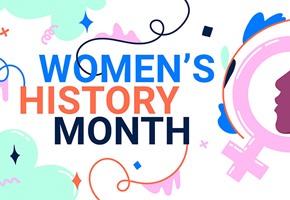Atlanta, in the state of Georgia in America's south, is at the heart of the American civil rights movement that secured all-important rights for non-white Americans, ending the Jim Crow era of discrimination and paving the way for equality. The work of countless protesters and activists, led by figureheads such as Martin Luther King Jr and Malcolm X, led to integration of communities, with access to education, public amenities and spaces, and voting rights among the many progressive improvements that are still in effect to this day. Atlanta's involvement as an epicentre of civil rights activity cannot be overstated: not only did the quest of equality begin here long before the more famous movement of the 1950s and 60s, with strike action taking place as early as 1880, but Atlanta was also the focal point of many sit-ins and resistance efforts of the 20th century.
Atlanta bore a long history of slavery, with affluent plantation houses lining the banks of the Mississippi River creating great prosperity for cotton and sugar traders, whilst simultaneously miring the region in a dark history of cruelty. It was in part due to its reputation as a commercial hub that Atlanta later became a focal point for civil rights activism in the south, as it was considered an easy target for peaceful disruption, which often sought to halt daily business in major urban centres. With integration of schools proving a long and frustrating process, with black students being escorted to class by the army for safety, or schools closing entirely rather than offer a mixed education, students from Atlanta's historically black colleges formed a coalition designed to bring about change through peaceful protest and repetitive challenges to the resulting legal action taken against them for civil disobedience. Famous sit-ins and protests included the Woolworth Lunch Counter Protests, wherein members of the student-founded Committee on Appeal for Human Rights (COAHR) staged sit-ins at segregated lunch counters during peak hours.
After formally notifying the city of Atlanta of their intent through letters published in prominent local newspapers, the students began their sit-ins, demanding integrated lunch services be provided by local businesses, in a campaign that ran intermittently around term times during 1960. The prominence of the protests led to national coverage, leading the notion of civil rights to become a background theme of American politics, a crucial development: with the presidential election in the forefront of the political landscape, this was the perfect time to push civil rights on to the mainstream agenda. The lunch counter campaign continued throughout the year, and, following a 13% sales decline in the downtown area, businesses finally relented in the early months of 1961. It was only four years after the students of Little Rock Central High School had been chaperoned by the military in order to obtain an equal education, and still three years ahead of legal equality throughout the United States.
Technological developments of the time, in part, aided the cause of the civil rights activists. Television was becoming an ever-more popular medium, and the graphic images of protesters - among them, children - being set upon by police dogs and sprayed relentlessly with water cannons came as somewhat of a shock to viewers. Meanwhilst, the counter-protests, cross-burning and violence of the Ku Klux Klan painted a dark picture of civil rights opposition, steeped in racism and murderous intent. By 1963, even President Kennedy had chosen the side of progression, ensuring the desegregation of the University of Alabama by assisting the two black students pushing for enrolment with a military guard, defying the will of state governor George Wallace. The achievements of the 1950s and 60s protest movement took America out of its era of state-sanctioned segregation and into a new era of protected rights for all, allowing not only equal, integrated rights of education and access to public spaces and private commercial enterprises, but also providing equal voting rights, and later in the decade establishing the rights to interracial marriage in the landmark United States Supreme Court decision of 1967 in the case of Loving vs Virginia. This incredible political shift was achieved through tireless effort, and suffered human cost, both in high-profile assassinations of civil rights leaders including Martin Luther King Jr and Malcolm X, and through the police and white anti-demonstration brutality endured by so many civil rights activists.
Today, Atlanta remembers its bloody history - from the days of the slave trade, and the role its enviable position on the Mississippi played, to the civil rights era that followed - through museums and open houses dedicated to the past. Sites integral to the story of Martin Luther King Jr can be found in a designated 35-acre area, that includes his home, church and tomb, whilst some of the region's stunning plantation houses offer an insight into the decadent lives built on the back of the slave trade - a chilling thought in the balmy state of Georgia, and an outing that will lend an air of gravitas to your experience.






